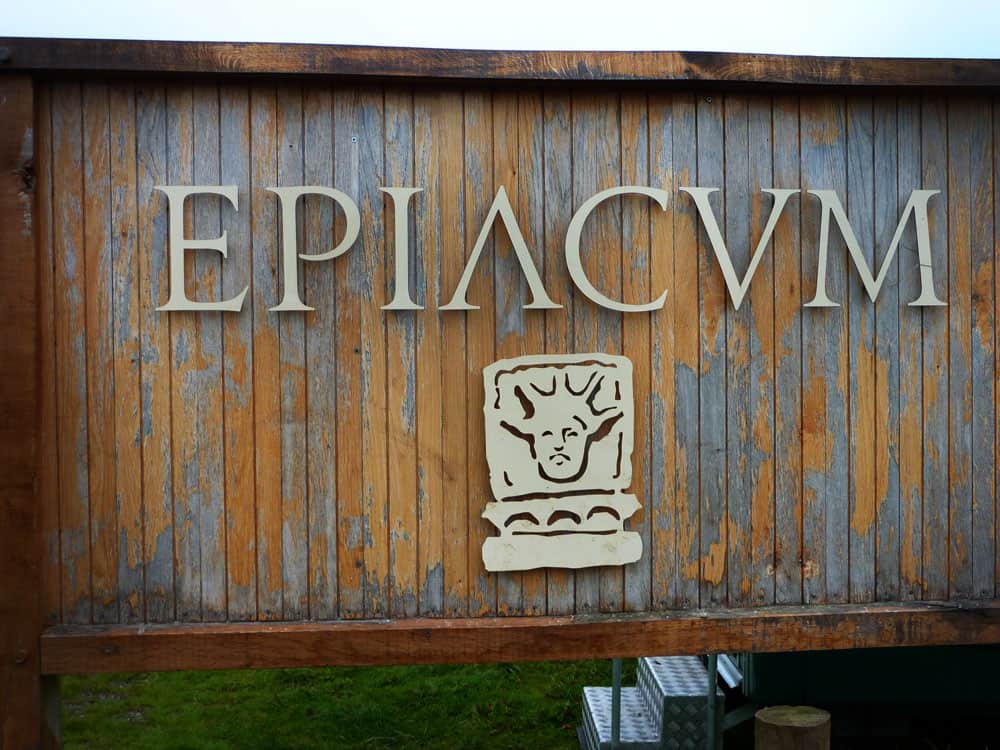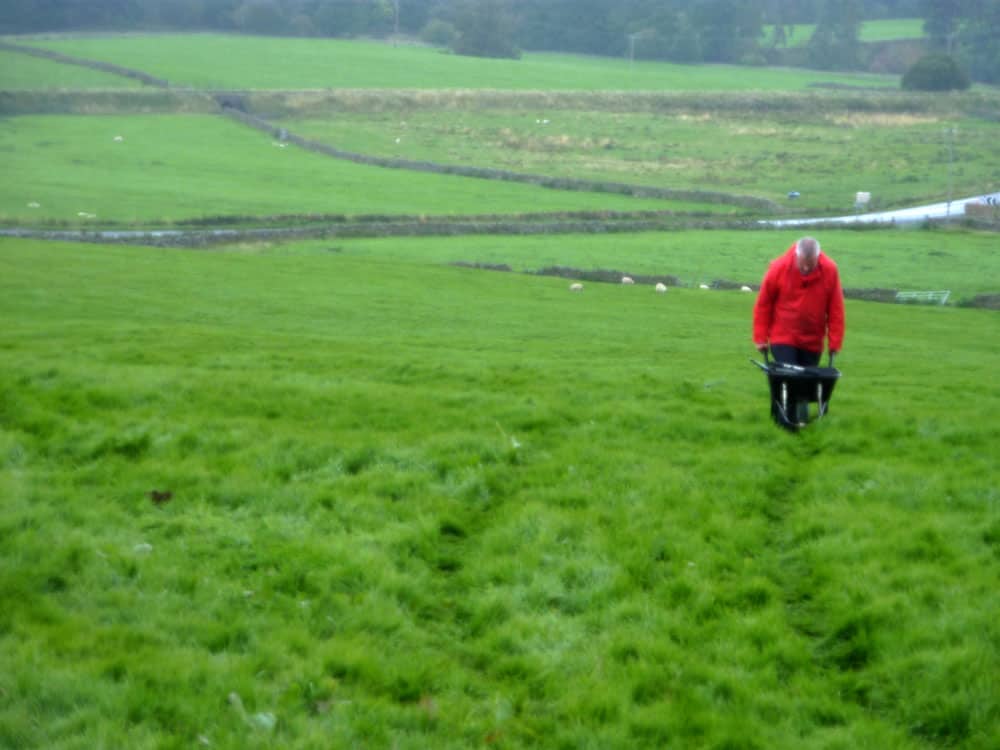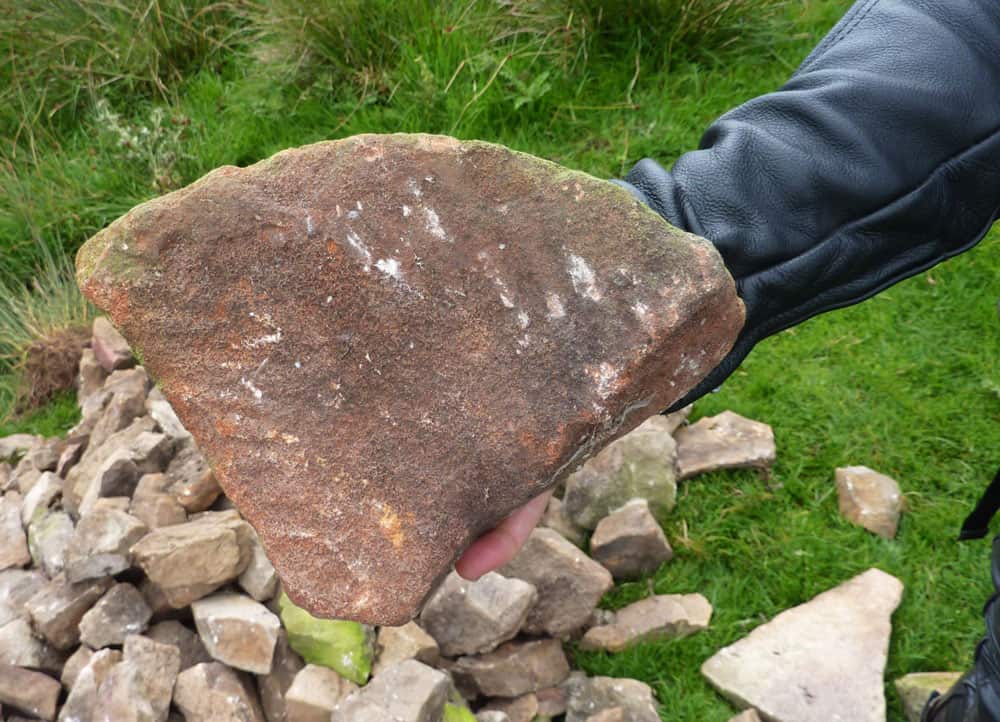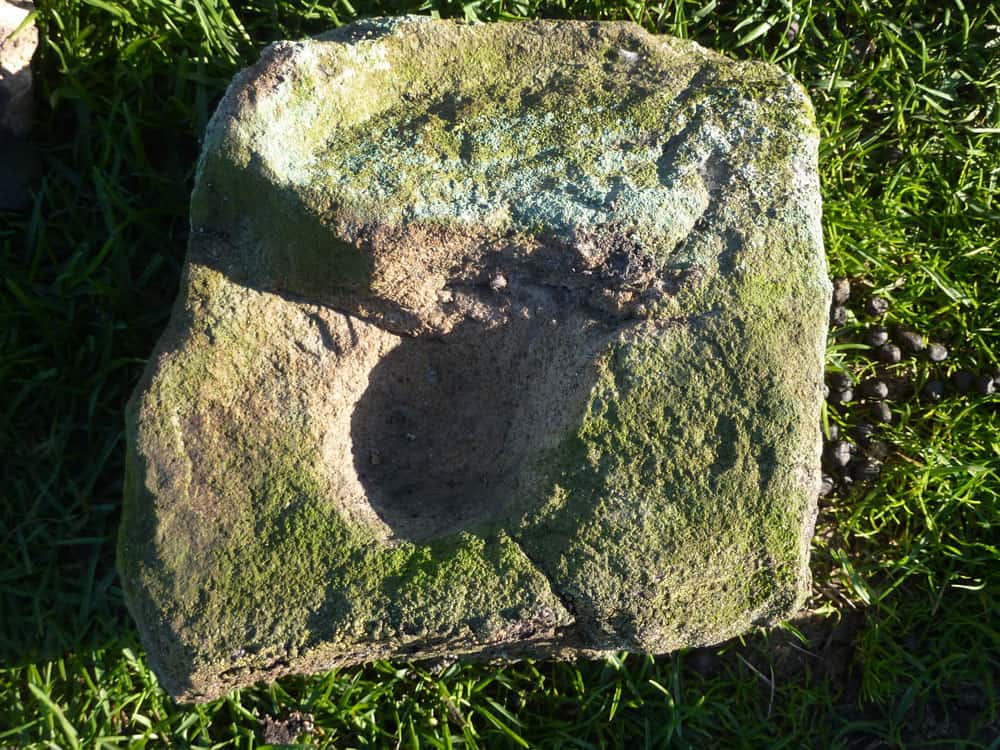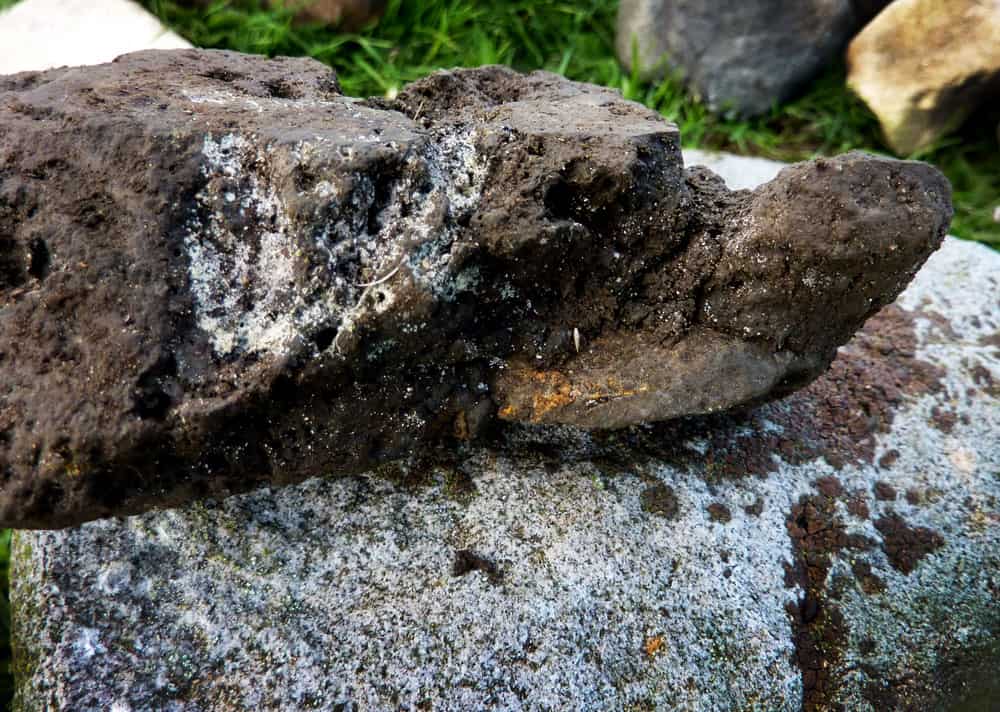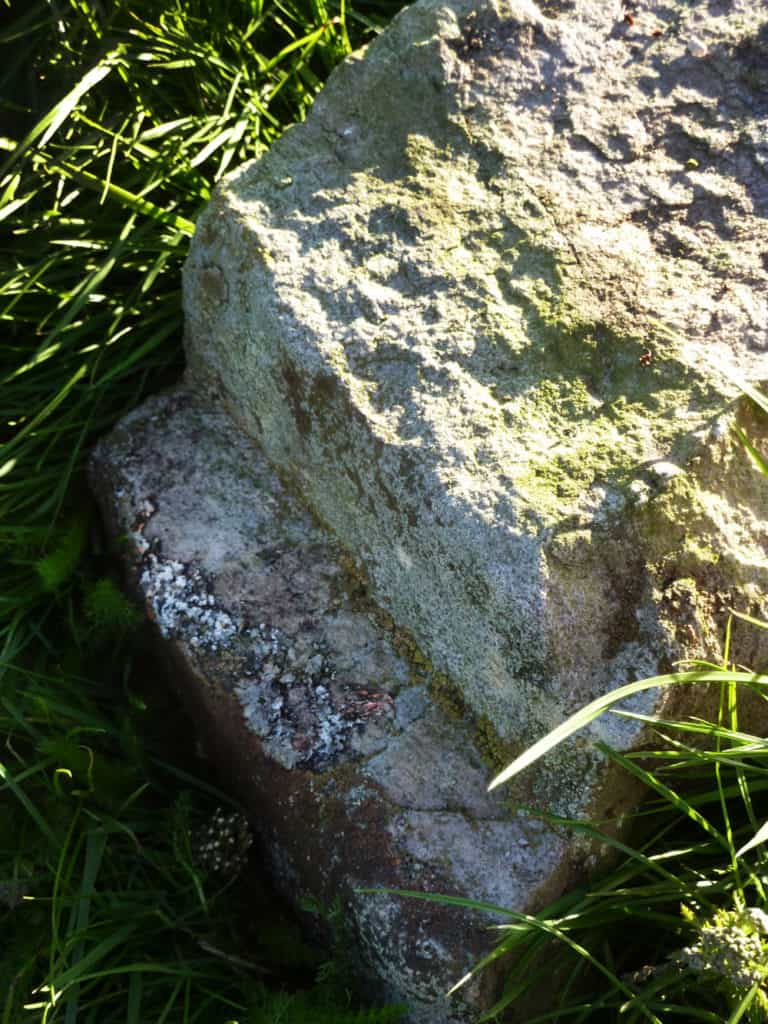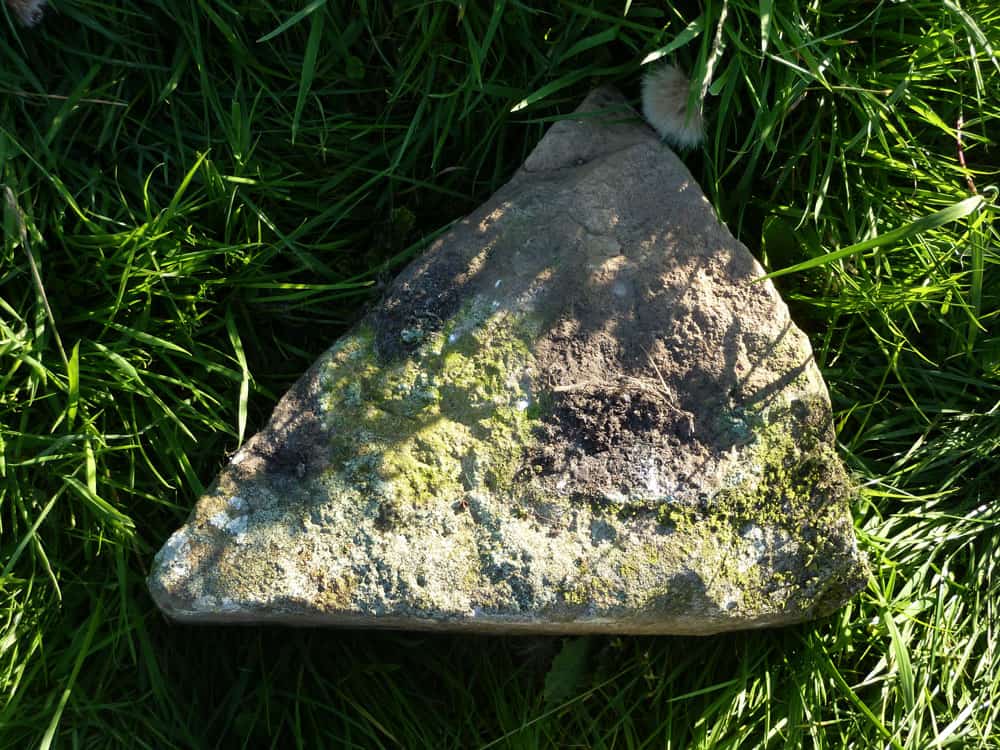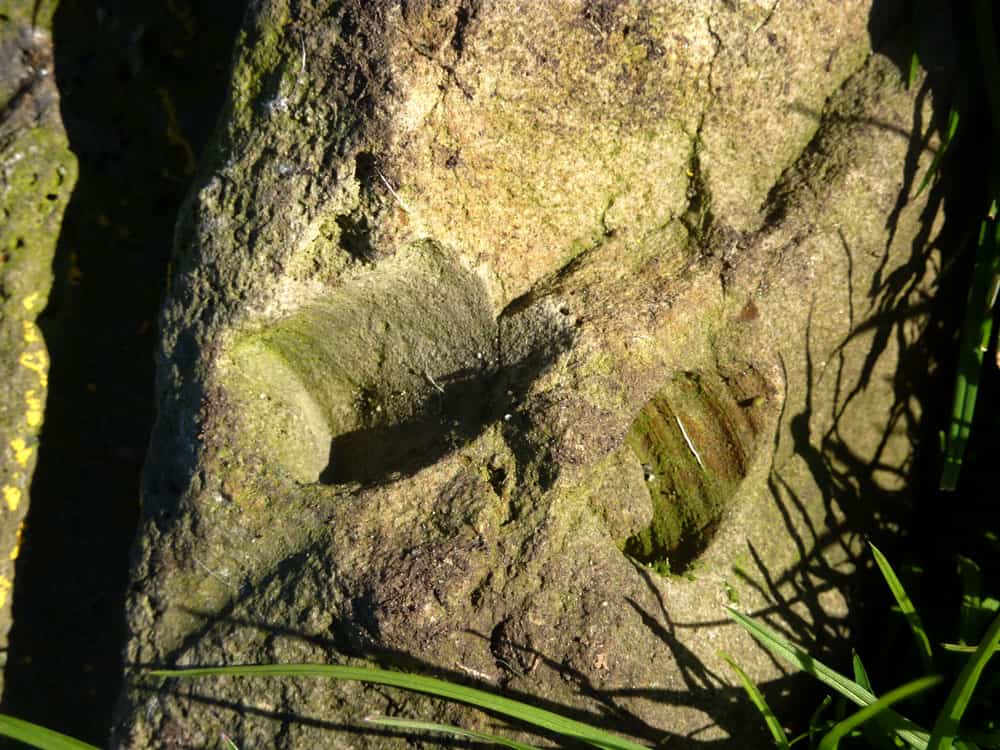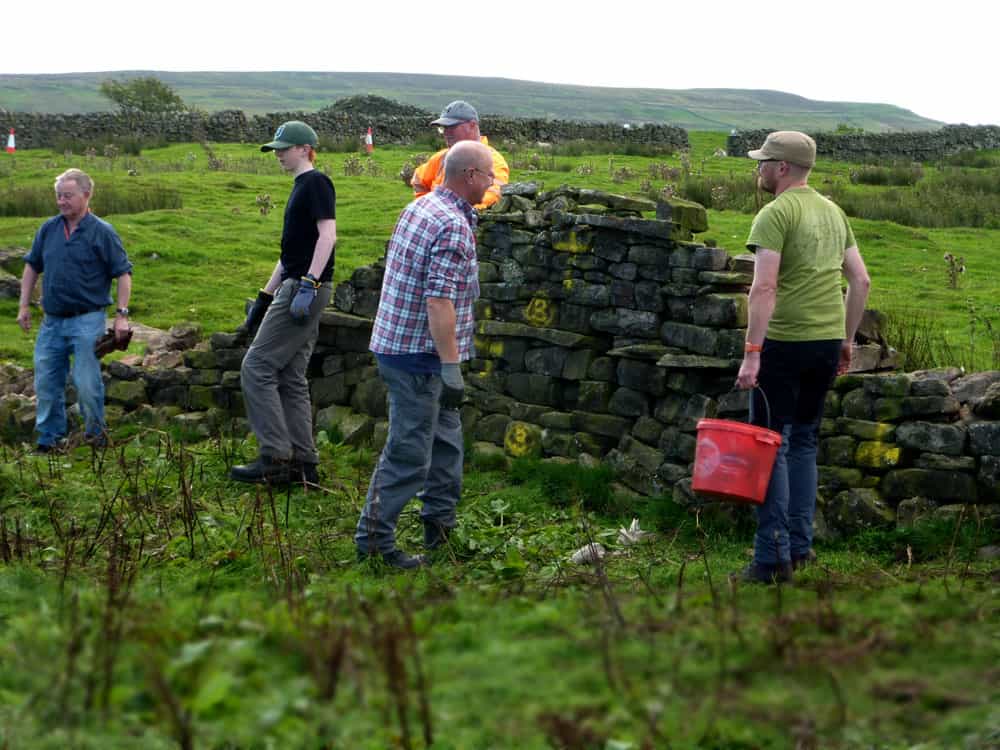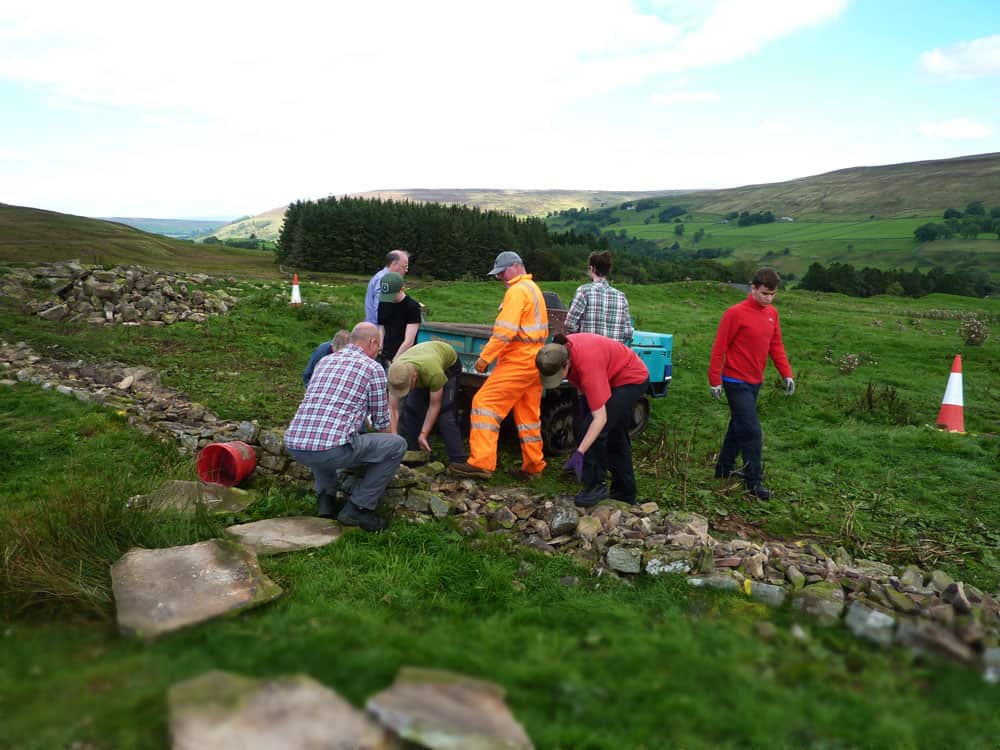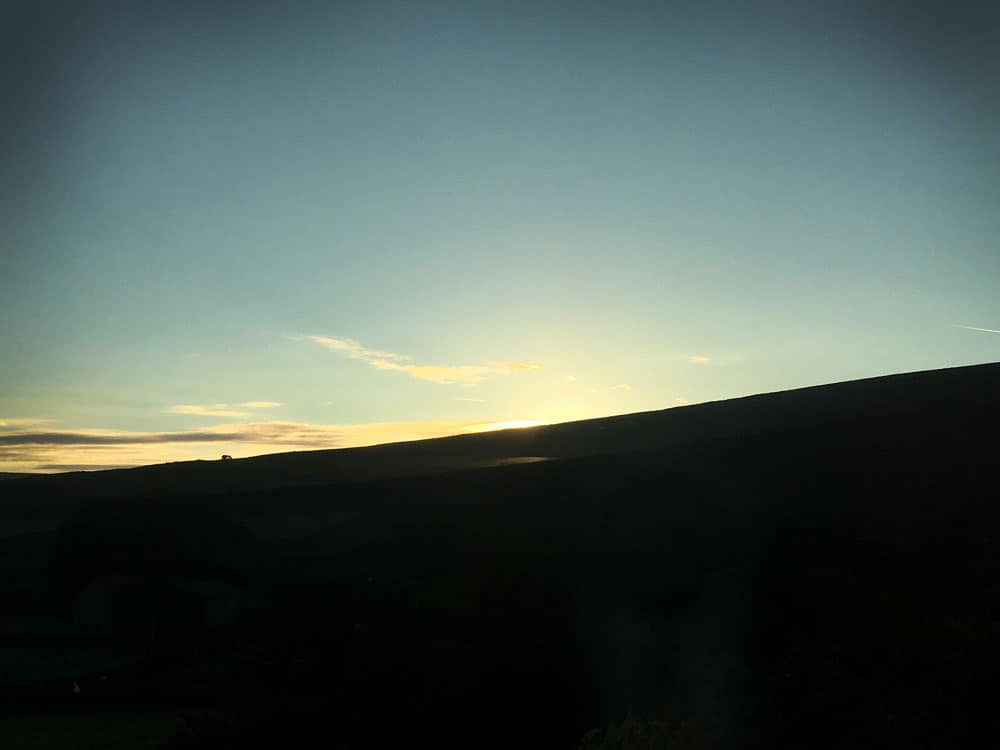Epiacum Operation Jericho Diary #3 — The Wall Continues to Fall!

Our volunteers are amazing! We have made great strides in getting the stones down, and the finds are coming thick and fast. We can’t wait to show you what we’ve found!
But first, we must thank Al Oswald from the University of York for his help and archaeological oversight in the wall removal process. He’s brought several UofY students to help and learn, and we couldn’t be more appreciative. The generosity of everyone associated with Operation Jericho has just been humbling. A very heartfelt Thank You from all the Epiacum Heritage Trustees to everyone for their help!
As always, we are happy to get the word out about Epiacum via the media. Here, Al is interviewed by the local press who are covering our demolition.

So how do all those stones get off the site? With the help of a cart on treads, rather than wheels. The treads spread the weight out and protect the fragile site much better than a wheeled cart would.


Progress the last two days has been exciting to see — the wall is noticeably smaller and in some places has been brought down to the footings:

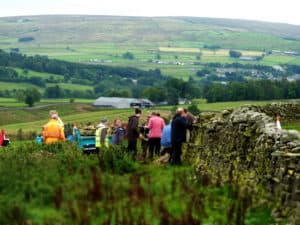
We have even acquired a mascot! Here is Chair Dave Wilkinson’s dog Sam with Dale in front of the command tent. Sam may have spotted some wooly visitors!

And now on to the finds. The first one has everyone excited, as it’s a rare thing to see in Victorian-era wall fill — Roman glass!

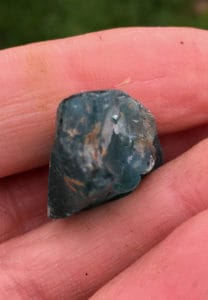
We have also found more interesting stones and have set them aside for expert evaluation. The one on top is a roof tile (with a square hole), and the other is a stone plug.


Volunteers hard at work — and at play!



Sam DID spot some wooly visitors! He made sure they kept their distance.


As the day ends, the sky begins to darken, and it’s time for some well-earned supper. Plus a cheery bonfire! We’ll be back again tomorrow.




Epiacum Operation Jericho Diary #3 — The Wall Continues to Fall! Read More »

